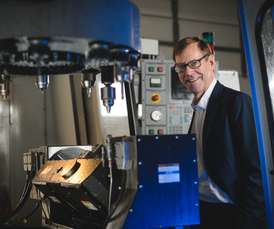Sustainable Facilities Forum 2023 Leadership Award Winners
Green Technology
JUNE 21, 2023
Green Technology’s Leadership Awards aim to recognize and honor individuals, organizations, and institutions that have made significant contributions to advancing sustainability efforts and reducing carbon footprints in various sectors.















Let's personalize your content